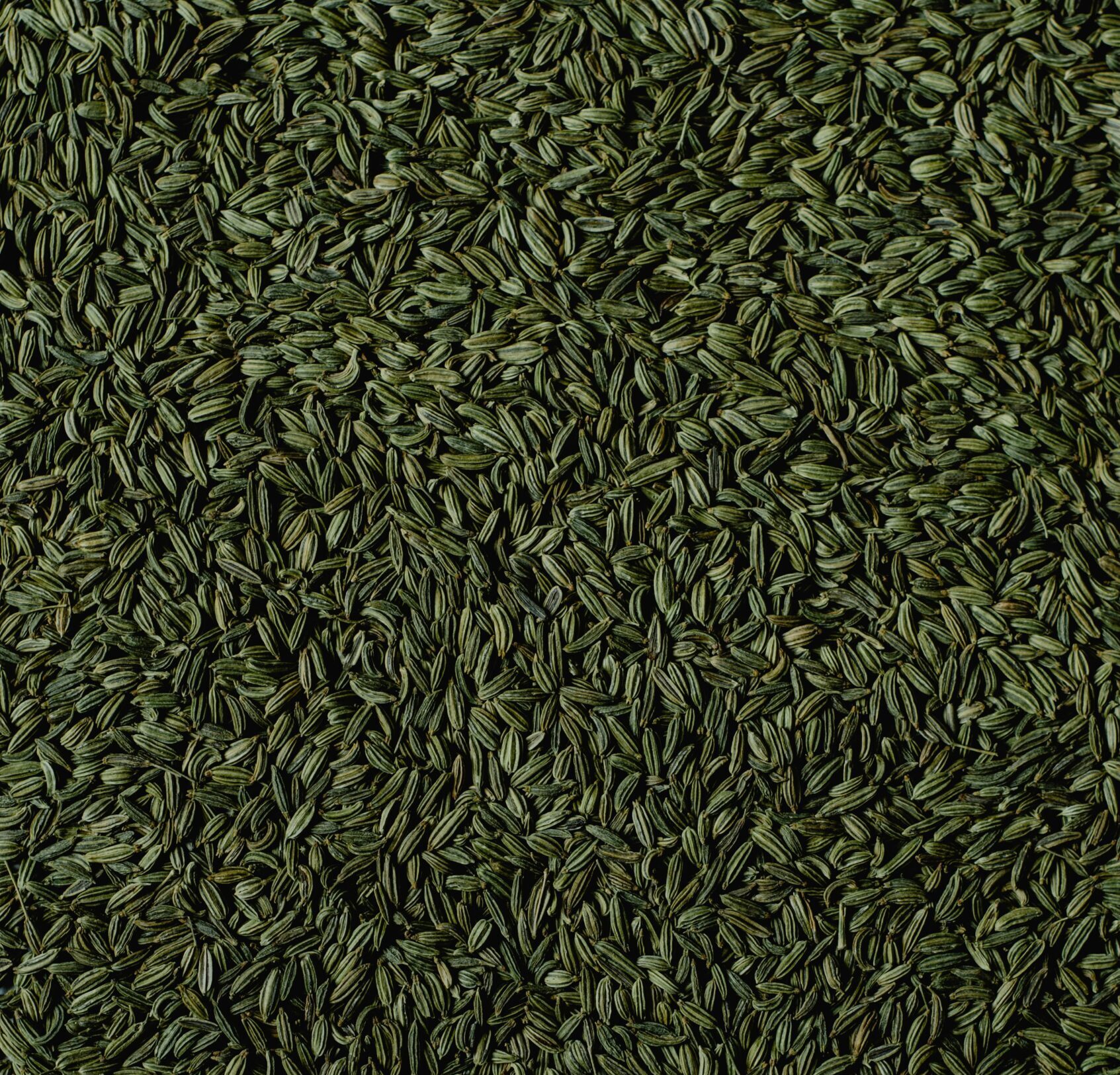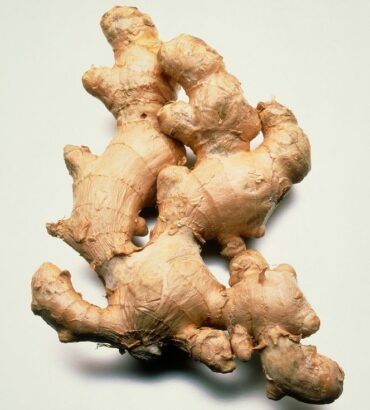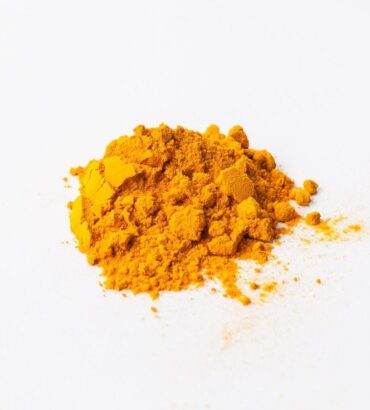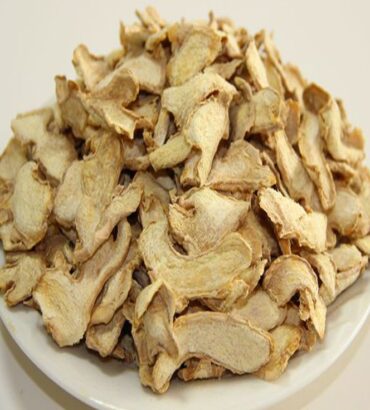Fennel, known scientifically as Foeniculum vulgare, is a versatile herb valued for its aromatic seeds and edible foliage. For export purposes, here’s a detailed description you might find useful:
Description:
- Common Name: Fennel
- Scientific Name: Foeniculum vulgare
- Part Used: Seeds (most commonly) and leaves
- Appearance: Fennel seeds are small, elongated, and have a yellowish-brown color with a ridged texture. They are aromatic and have a sweet, slightly licorice-like flavor.
- Origin: Fennel is cultivated in various regions, including Europe, the Middle East, and parts of Asia. For high-quality exports, consider sourcing from regions known for their superior fennel, like India.
- Uses:
- Culinary: Used as a spice in cooking, baking, and seasoning. The seeds are often found in spice blends, pickles, and sausage.
- Medicinal: Fennel seeds are known for their digestive benefits and are used in traditional medicine to alleviate bloating and digestive discomfort.
- Aromatic: Fennel seeds are used in perfumes and as a flavoring agent in various products.
- Quality Parameters:
- Size and Shape: Uniformly sized seeds with a smooth surface.
- Color: Consistent yellowish-brown hue.
- Aroma: Fresh, sweet, and aromatic without any musty or off odors.
- Flavor: Sweet and slightly licorice-like with no bitterness or rancidity.
- Moisture Content: Should be low to prevent mold and preserve shelf life.
- Packaging: Typically packed in airtight containers to maintain freshness and prevent contamination. Bulk packaging for commercial buyers is common.
- Certification: Ensure compliance with international food safety and quality standards. Organic certification may be required depending on market demands.







There are no reviews yet.